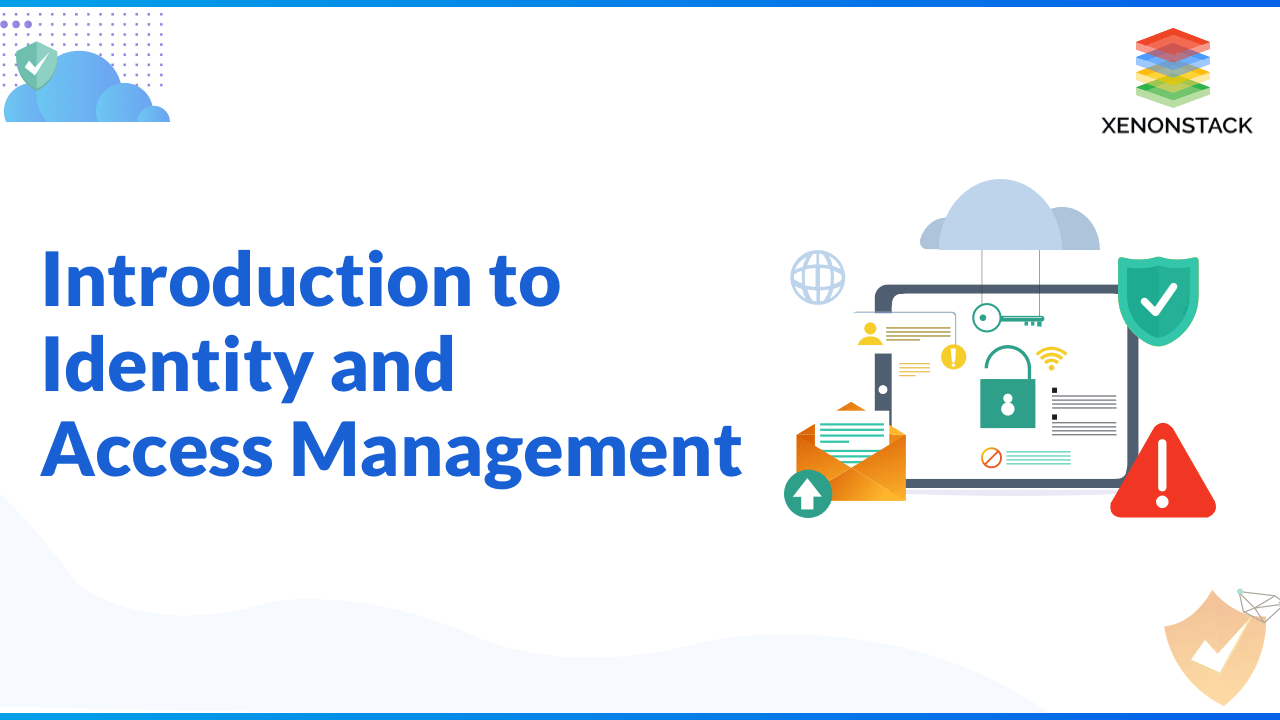
What is Identity and Access Management (IAM)?
Identity and Access Management (IAM) is a combination of processes and policies to manage the identity of individuals or groups and access to the resources within an organization.
In the beginning, it was based on access card punching, magnetic stripe readers, and username-password combinations. Today, many technologies and policies are developed to identify individuals or groups and access data over a network. RFID cards, biometrics, facial recognition software, GPS, and Single Sign-On technologies are used for IAM. Computer languages like Security Assertion Markup Language (SAML), OpenID Connect, and System for Cross-Domain Identity Management (SCIM) are also part of IAM today.
What are the Major Challenges of Identity and Access Management (IAM)?
Even though a lot of innovation and creation of policies and procedures has been done regarding IAM, some challenges are still faced in this field.
Accessing Person's Data is Easy
Today, individuals have a digital presence on a lot of websites. Search engines, social media accounts, and job portals with resume upload facilities contain a lot of data. This data is mainly in the public domain, which any individual or an employer can easily access. Due to this, gathering a person's data and using it to breach the IAM security becomes a lot easier.
Password Reuse
Password reuse is another major challenge faced by IAM. Individuals generally prefer to use the same password across multiple domains and services. If there is leakage of such sensitive data due to cyber attacks in a single domain, user access is compromised across multiple domains due to password reuse.
Difficulty in Access Management
Cloud technologies are in trend today. However, it becomes more difficult to manage access to the cloud. Username/password access has a vulnerability that can be shared among individuals. We must not use one-time password mechanisms on mobile numbers, leading to device data theft. Access to the correct individual is the main challenge faced in cloud technologies.
Due to unavoidable circumstances, exceptions are introduced in the policies and procedures within an organization. These exceptions and exemptions in policies make the IAM ineffective.
Lack of Management Training
Often the management does not have training on new IAM technologies. Thus it becomes easy to introduce human errors or bypass a mandatory security check during the implementation of IAM procedures.
What are the Current Trends in Identity and Access Management (IAM)?
Apart from the features discussed in the above section, research and development are happening in multiple new technologies and IAM solutions. Some are already implemented across various organizations and are continuously improved, while others are still in their infancy with limited functionalities. A few of them are shared below.
Behavioral Biometrics
This is an extension of biometric access. User's digital behavior, biometric access timings, number of access, and other behavioral characteristics are analyzed. This analysis is then used to research and market newly launched products, fraud prevention, anomaly detection, and individual productivity analysis.
Blockchain
With the increasing popularity of decentralized digital currencies, the technology on which they are based has received significant attention worldwide. Blockchain can be used as a trusted ledger to know about valid transactions, who attested the data, and whether data is valid or not. A transaction hash is calculated and can be used for verification without revealing the sensitive data present in the database.
Artificial Intelligence
Machine learning and artificial intelligence are used together to form an intelligent system that can make decisions independently depending on past trends or using the policy parameters defined by the organization. Any external or internal access requests or malicious attempts are analyzed and blocked, which helps in improving the access and security of sensitive data.
Single Sign-On
A secure authentication method enables users to log in once with multiple websites or applications deployed in different domains. An individual can perform sign-in on the main portal, and there would be no need to sign in again within other applications.
Passwordless Authentication
An authentication method allows a user to log in to a system or service without using a password. Instead of a password, other forms of authentication are used, such as fingerprints on laptops, access via card, or a USB device. It helps in improving security and user experience in an organization.
Conclusion
Even though a lot of innovation and creation of policies and procedures has been done on IAM, a lot of challenges are still faced in this field. A possible solution would be creating a Unified Identity and Access Governance (UIAG) solution that simplifies the access request process in order to reduce costs and streamline operations.
.webp?width=1921&height=622&name=usecase-banner%20(1).webp)